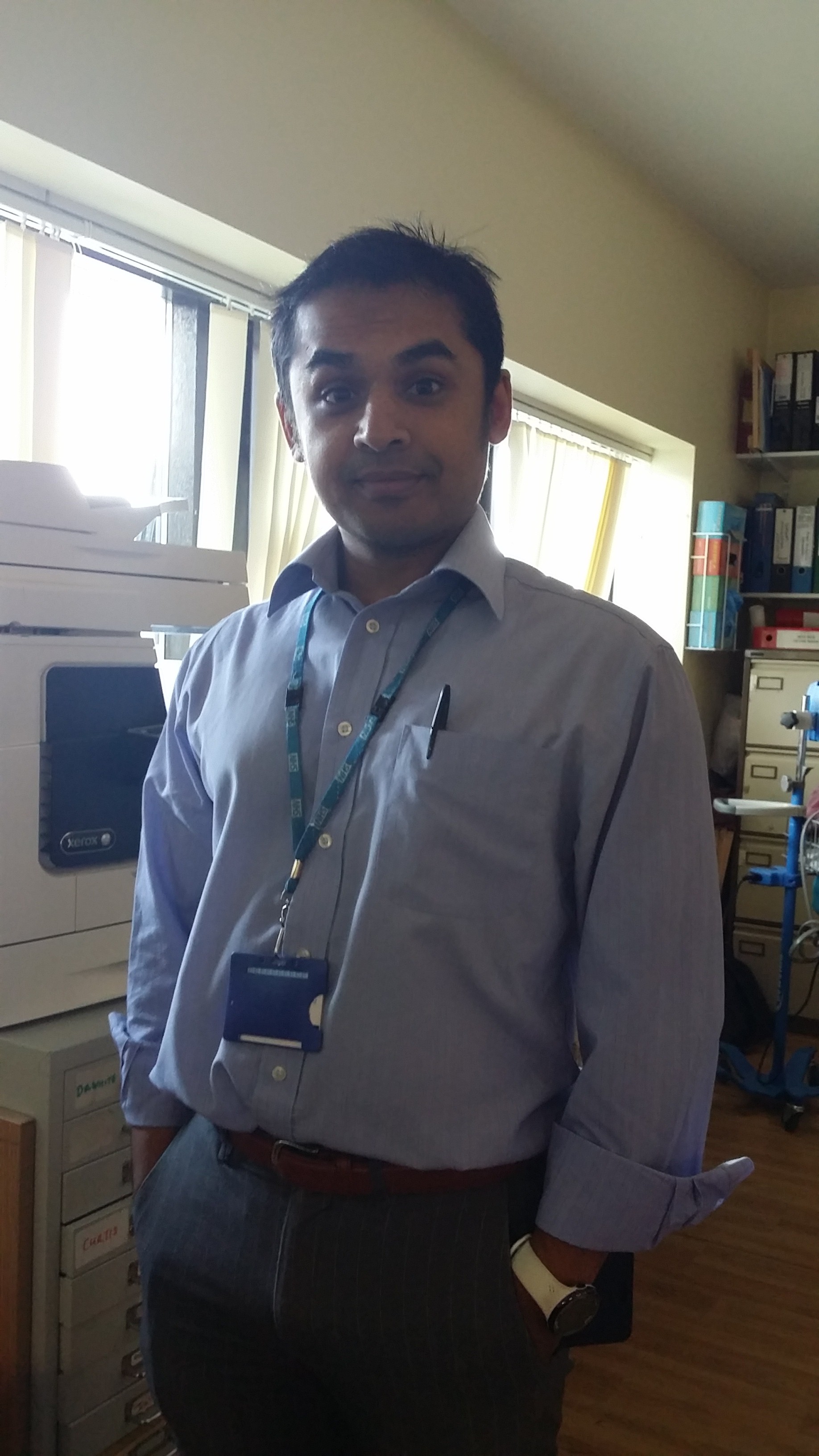
City & Hackney project to improve the handover process of duty doctors
7th July 2014
 Dr Amjed Hossain writes about his team’s project to improve the quality of handovers.
Dr Amjed Hossain writes about his team’s project to improve the quality of handovers.
According to the National Patient Safety Agency (NPSA) Handover of care is known to be one of the most perilous procedures in medicine. The increase in shift working as a result of the European Working Time Directive (EWTD) has increased the number of handovers taking place, and thus elevated the need for the quality of handover to be improved and regulated.
A Formal handover is recognised as a key element of safe medical practice, where communication improvements contribute directly to patient safety.
Failure in handover is a major preventable cause of patient harm and is principally due to human factors of poor communication and systemic error. Ad hoc handovers often miss out important aspects of care.
The GMC reported; “Effective communication lies at the very heart of good patient care. The General Medical Council recognises this and in its publication ‘Good medical practice’ makes clear the expectation that doctors will ‘keep colleagues well informed when sharing the care of patients’. The changing face of medical practice – and particularly the introduction of shift working – makes that requirement more important than ever.”
There are many ways in which developments in information technology can assist with the handover communication process. An electronic information-sharing system that works effectively can be time neutral for junior doctors compared with traditional paper based or verbal handovers. Critically they can be more useful in maintaining continuity of information and tasks across large numbers of patients compared to relying on information from memory or traditional paper methods.
In City & Hackney, the handover process between the core trainee’s has historically been based on verbal and ad hoc written handovers. Over the years there have been a number of attempts to introduce dedicated workbooks to facilitate a formal process with anecdotal evidence of marked improvements in quality. Inevitably however these books would tend to get lost, leading to a loss of continuity of information, and increasing the chances of important jobs being missed and potentially putting patients at risk. On top of this was the data protection and privacy concerns of such data going missing.
In an attempt to improve the quality of the handover process in Hackney, we introduced a new handover protocol using an iPad to facilitate. The aim of this was to create a formal way of handing over in an electronic format, using existing mobile applications that would provide the right tools for the handover process. It needed to be easy to understand, able to organize and prioritize work, and protect against any data loss/missed jobs by storing information online securely, and this needed to be available even in the event that a device is lost. Additionally, with the security features of the device, even if one was lost and unable to be tracked, the data that is contained in it is secure, and can be remotely wiped.
Currently this project is in the early stages of the pilot, however we have identified a number of potentially useful ways of exploiting the iPad to further improve the quality of the out of hours service. One of the benefits of the quality improvement methodology is the ability to change aspects of the project as we go along, especially the change ideas and strategy used.
Our ideas combine the utilisation of features of mobile technology platforms that has become ubiquitous in mainstream society, with the needs and requirements of staff allowing us to deliver a higher quality service.
These ideas include such things as being able to be in continuous electronic contact with the MDT and senior colleagues on call without having to be tied down to a computer.
The device could contain a library of useful information available within a few screen taps, which could include such things as policies and protocols of the trust, reference materials such as the BNF, and guidance for those on call with limited experience or who are new to the hospital.
It has the ability to use internet based voice recognition and translation software which has improved greatly in recent years. This could greatly improve communication barriers with our divers population, which could potentially lead to large savings in the use of costly interpreters and the ability to deliver the right care at the right time.
It could also potentially be used to facilitate remote face to face assessments by senior clinicians at times when it is difficult for them to be on site.
With available software solutions it is possible for staff to make far easier entries in electronic patient records, thereby encouraging the practice of keeping contemporaneous notes.
Some of these idea’s might work and some might not. We hope to test out a few in our planning cycles, and assess if the changes actually increase quality via questionnaires and audits and whether these changes are maitained. If they do work than these idea’s can be rolled out and expanded, but if they don’t we can continue to make changes till we find what does work.
Most Read Stories
-
Why is Quality Control important?
18th July 2018

-
An Illustrated Guide to Quality Improvement
20th May 2019

-
2016 QI Conference Poster Presentations
22nd March 2016
-
Recognising Racism: Using QI to Help Take Action
21st January 2021

-
Using data enabled us to understand our problem
31st March 2023

-
QI Essentials: What does a Chief Quality Officer do?
18th March 2019


Follow QI on social media
To keep up to date on the latest concerning QI at ELFT, follow us on our socials.


